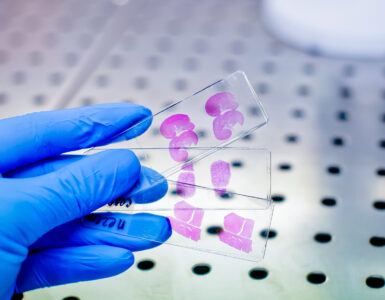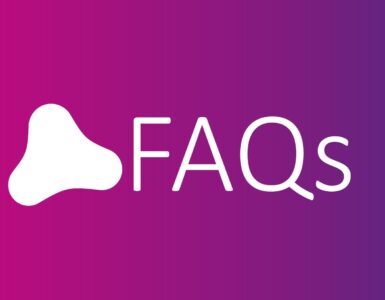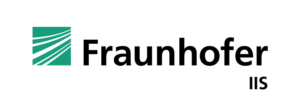We have contributed two article’s to this year’s Trillium Pathology issue. Here are the abstracts, with links to the full articles:
- V. Bruns, Programming-free Image-Analysis Workflows for IHC, IF and Spatial Proteomics: More than just Cell Counting
- V. Bruns & C.-A. Weis, A growing number of AIs cleared for clinical use is finally available: The AI-assisted Pathologist
Programming-free Image-Analysis Workflows for IHC, IF and Spatial Proteomics: More than just Cell Counting
Volker Bruns, DOI: https://doi.org/10.47184/tp.2024.01.06

Quantitative analysis of cells using a specific protein marker is one of the most frequently performed tasks in both preclinical and clinical histopathology. The primary alternatives include immunohistochemistry and immunofluorescence. This article will briefly shed some light on the pros and cons of both methods, the main ones being that immunohistochemistry is widely available, but in many laboratories, it is limited to only one marker per image.
Utilizing more than one marker can be achieved through methods such as establishing duplex or triplex stains, serial sections, or re-staining. However, immunofluorescence excels where a deep multi-marker characterization of single cells is required. Spatial proteomics systems have recently increased the plexity to as many as 100 parallel markers, allowing advanced co-expression, rare cells, and spatial neighbourhood analyses. Bioinformatic analysis aspects for both modalities are discussed, outlining two generic workflows as they are realised in a professional image analysis software used by biomedical researchers. While cell segmentation and typing are at the core, a number of pre- and post-processing steps, such as tissue detection, comparison of ROIs, hotspot search, spatial clustering or neighbourhood analysis should be performed to provide more comprehensive read-outs.
Keywords: Digital pathology, spatial proteomics, image analysis, IHC, IF
A growing number of AIs cleared for clinical use is finally available: The AI-assisted Pathologist
Volker Bruns & Cleo-Aron Weis, DOI: https://doi.org/10.47184/tp.2024.01.03

As more pathology laboratories are transitioning to a digital workflow, the availability of commercial Artificial Intelligence assistance systems is also increasing. Today nearly 40 such products approved for diagnostic use are available. This article provides an overview of the most widely addressed use cases, including Immunohistochemistry scoring for breast cancer and non-small-cell lung cancer, Gleason grading for prostate cancer, or metastasis detection in lymph nodes.
While automation alone already promises an increase in efficiency that may help to bridge the growing gap between supply (pathology work force) and demand (histological testing), this article introduces another category of Artificial Intelligence products that go beyond just mimicking today’s established score. Various Artificial Intelligence are being introduced that detect genetic alterations or stratify risk, directly from the standard hematoxylin & eosin staining. Finally, a brief outlook explains how basic AI models are currently finding their way into computational pathology and promise to further accelerate product developments by decreasing the time-to-model.
Keywords: AI, digital pathology, CE-IVDR, FDA, foundation models
Copyright: Fraunhofer IIS







Add comment